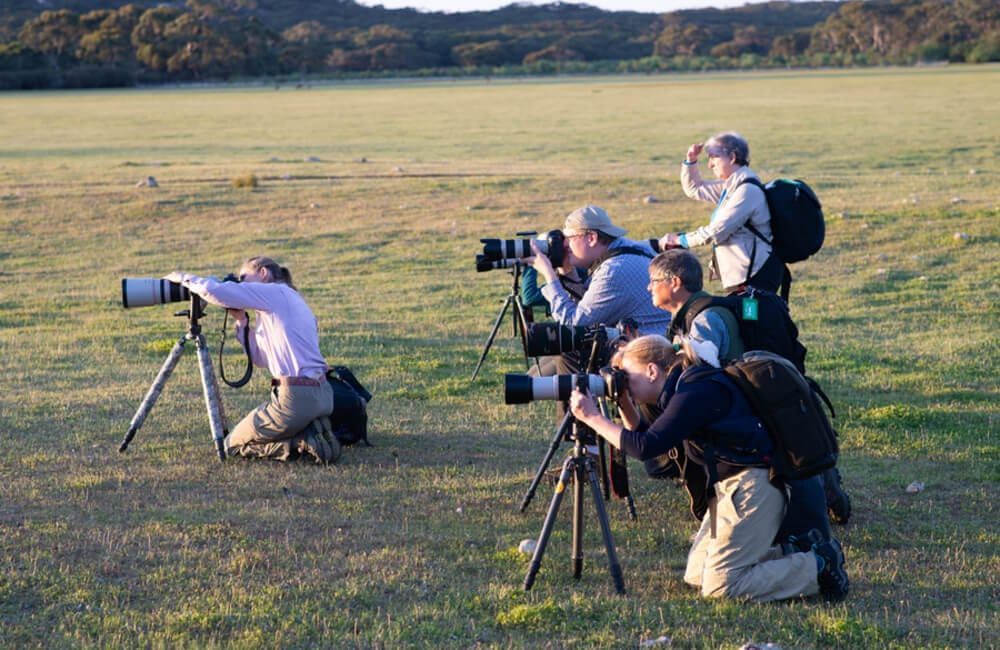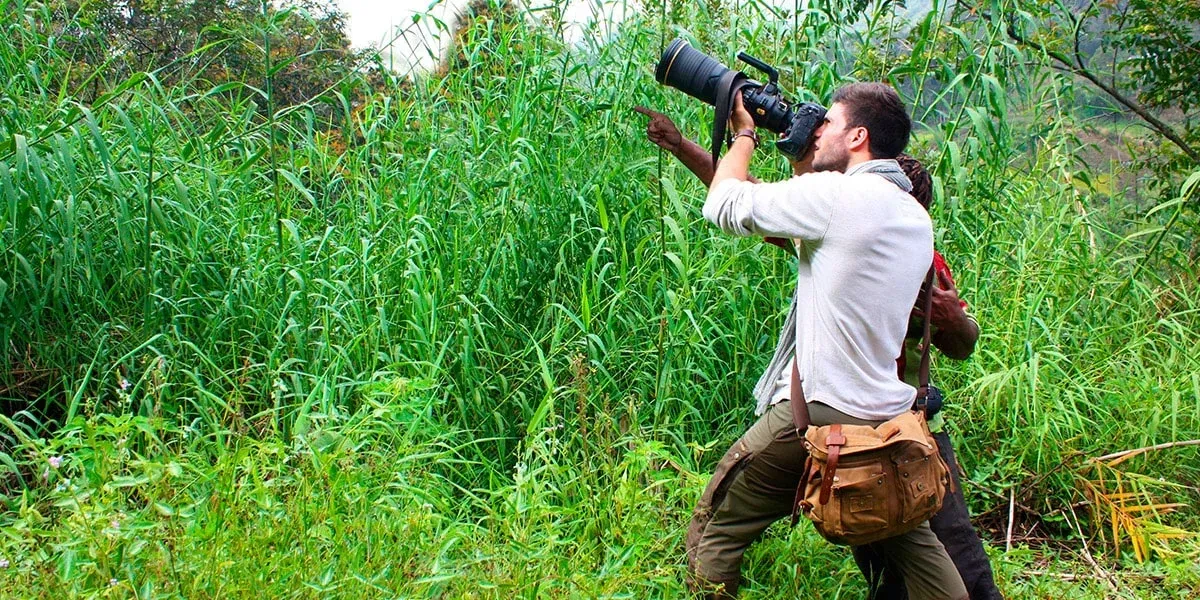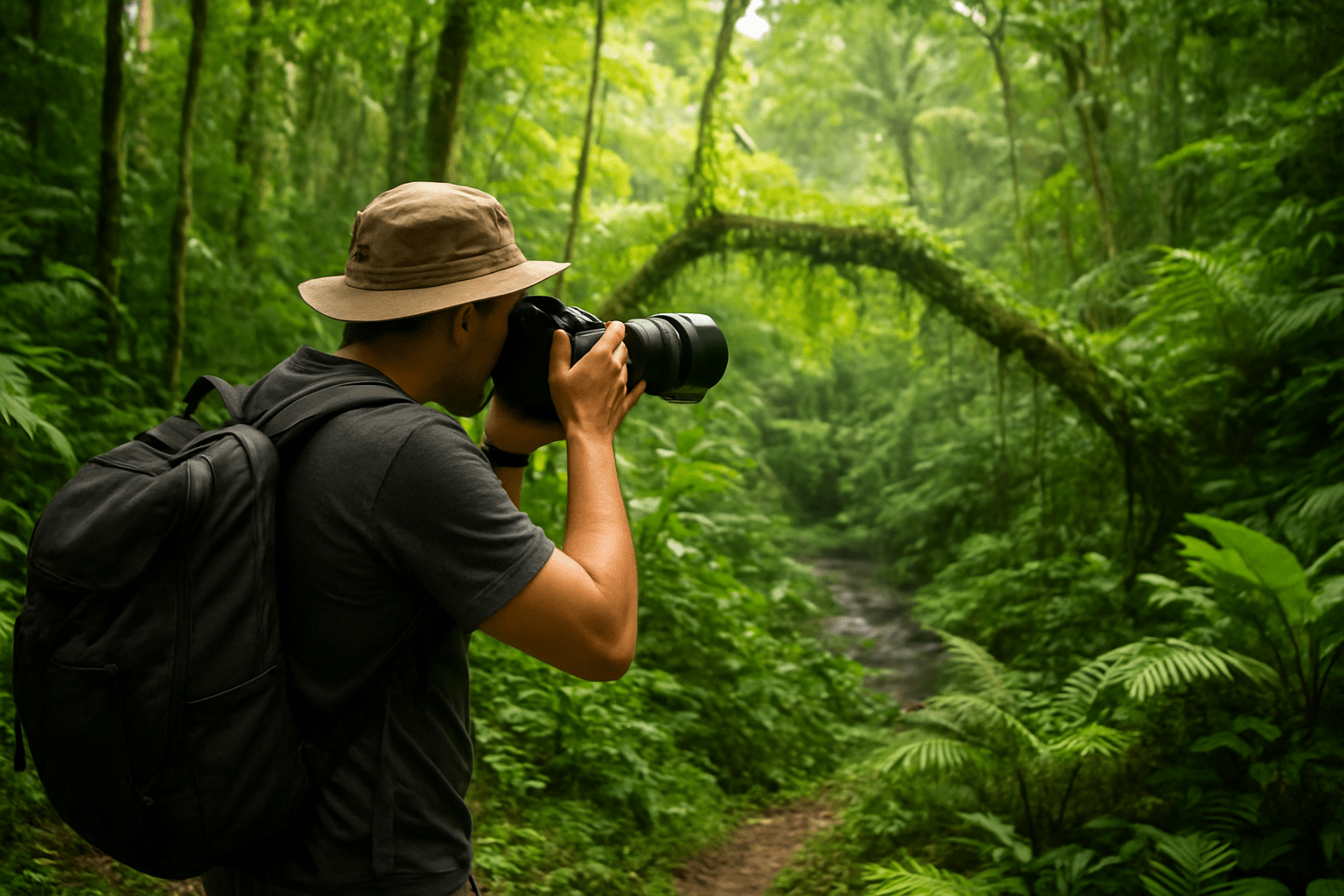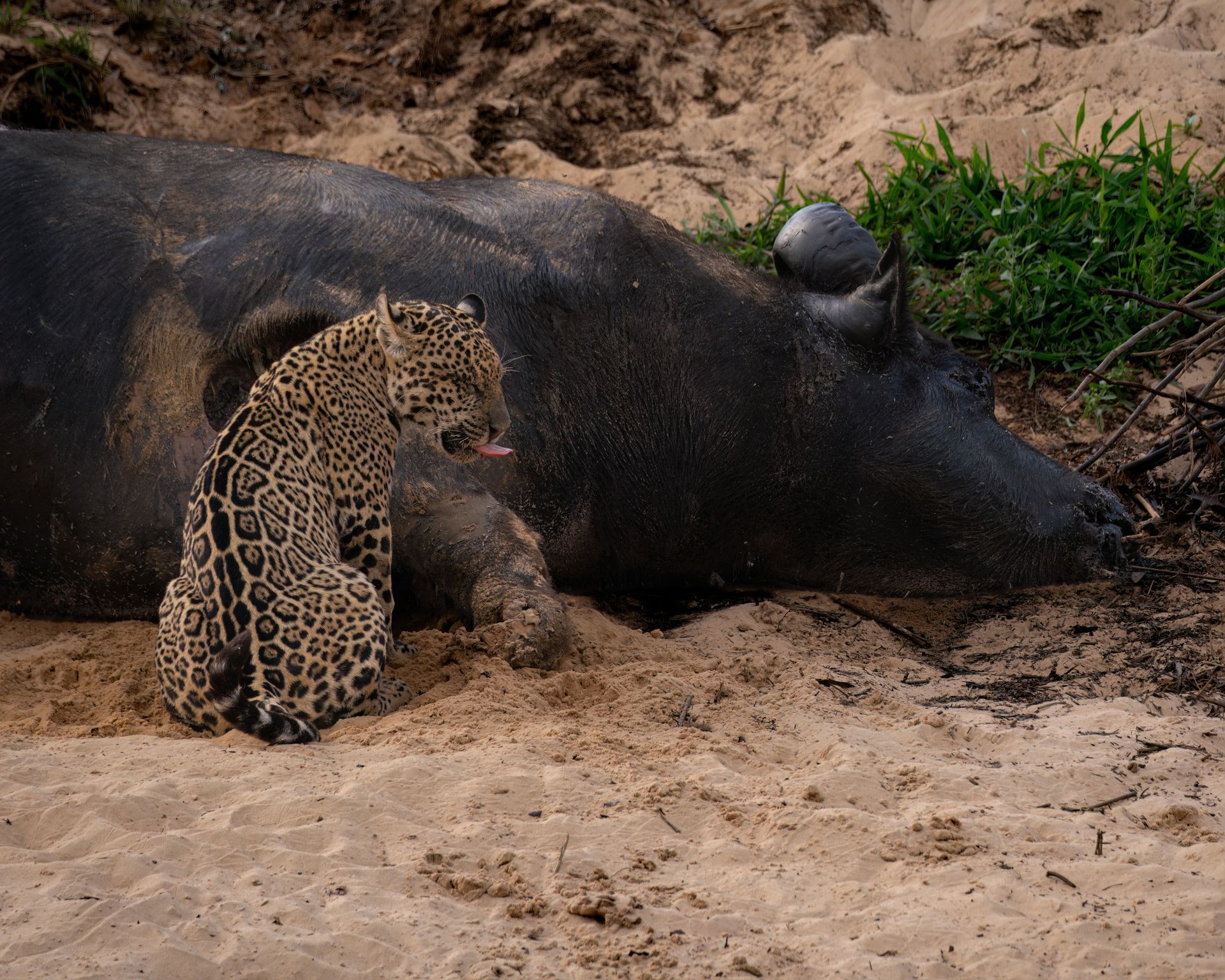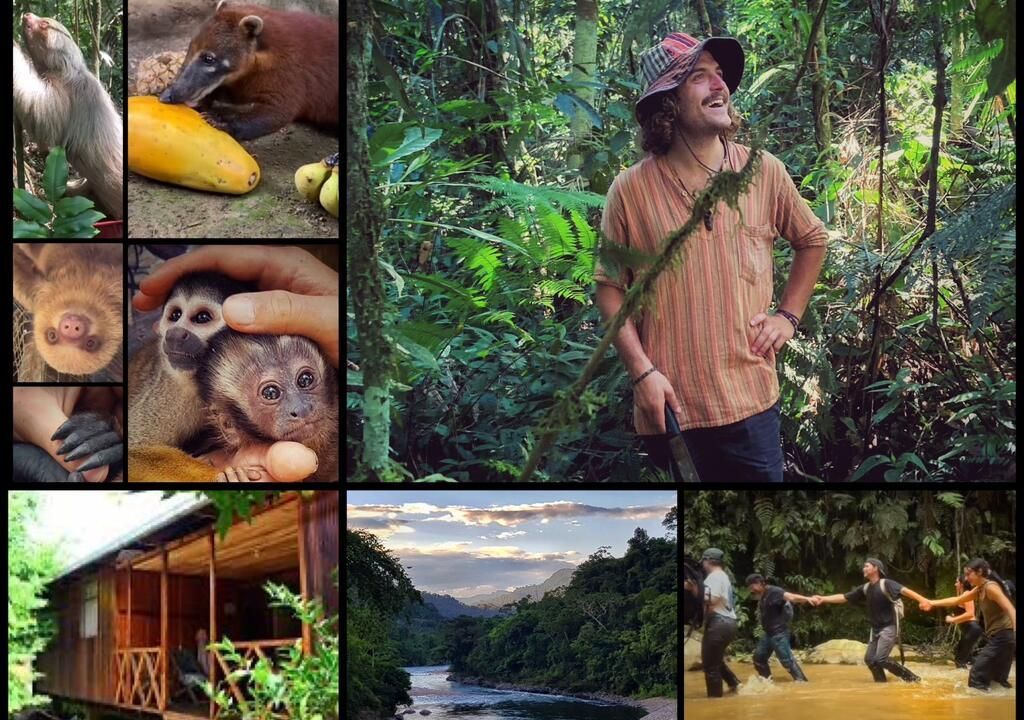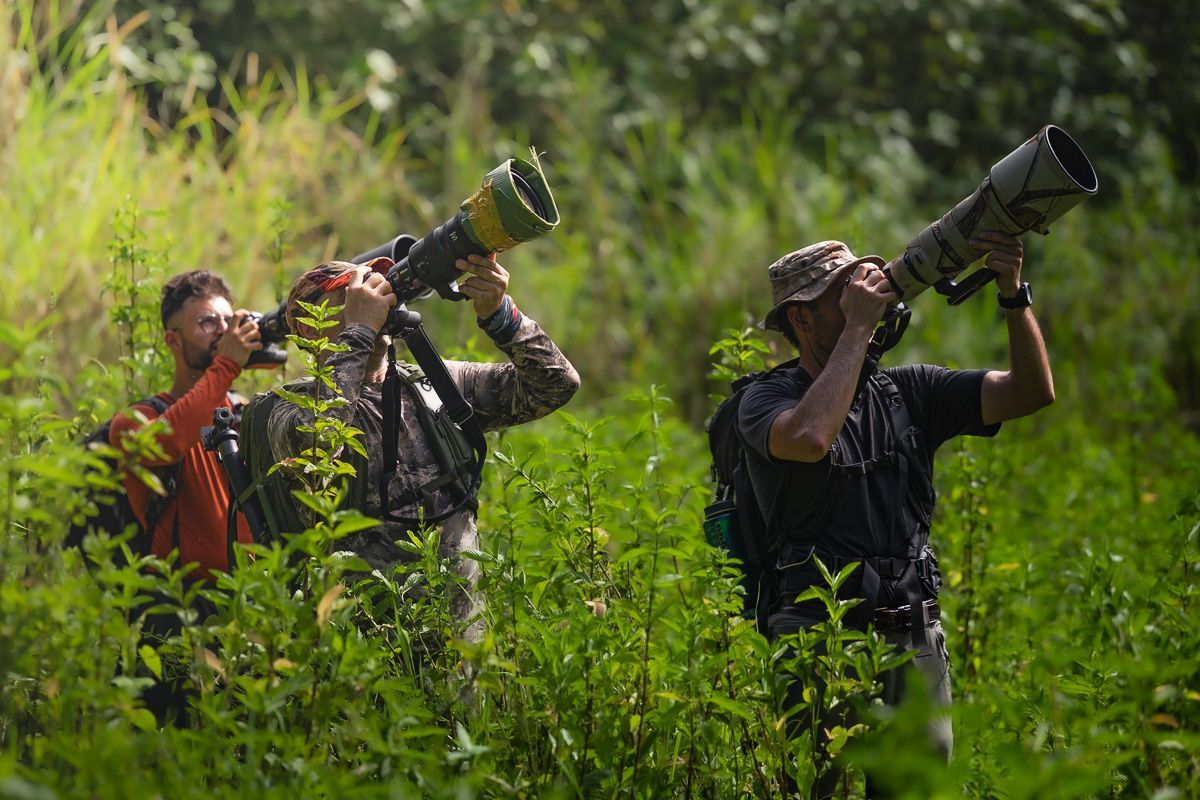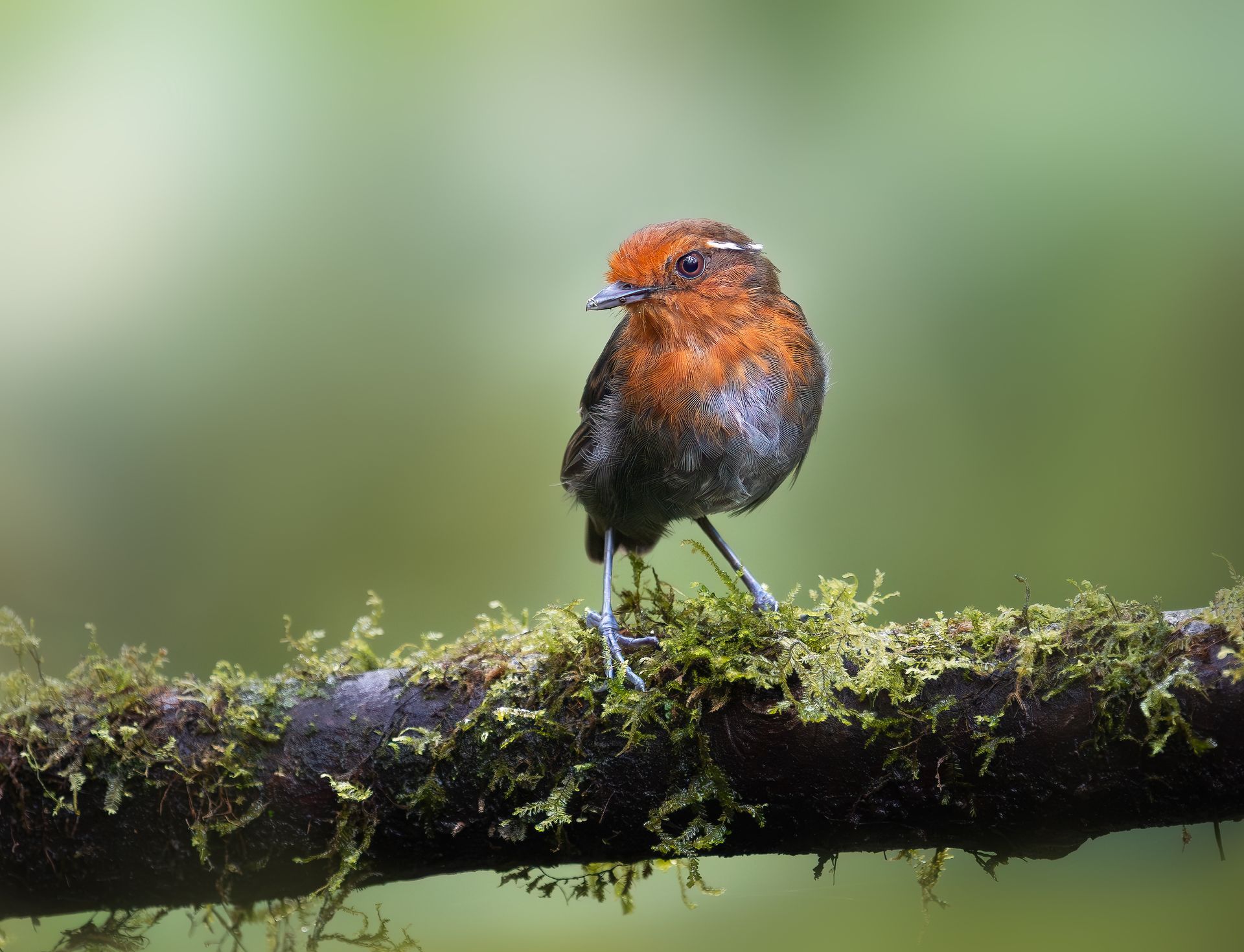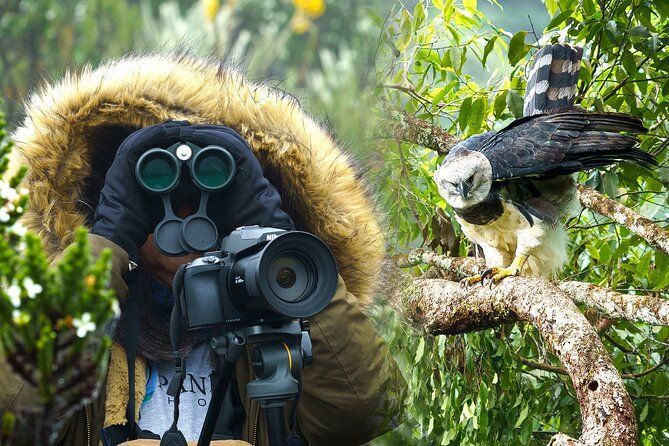10 Must-See Endemic Birds of Colombia for Your Photography Bucket List
10 Must-See Endemic Birds of Colombia for Your Photography Bucket List
Colombia is a dream destination for bird photographers. With over 1,900 recorded species — the highest bird diversity on Earth — this South American treasure offers more color, variety, and photographic opportunities than almost any other place in the world.
Among its vast avian wealth are more than 80 endemic species, found nowhere else on the planet. These birds, often restricted to specific mountain ranges, cloud forests, or coastal ecosystems, are the jewels of Colombian biodiversity.
For photographers, capturing these unique species is not just about ticking names off a list — it’s about documenting living symbols of evolution, resilience, and natural beauty. In this guide, we’ll explore 10 must-see endemic birds of Colombia that belong on every wildlife photographer’s bucket list.
Santa Marta Parakeet – The Mountain Gem of the Sierra Nevada
High in the misty slopes of the Sierra Nevada de Santa Marta, an isolated mountain range separate from the Andes, lives the Santa Marta Parakeet (Pyrrhura viridicata).
This small, bright-green parakeet is one of Colombia’s most iconic endemics and a symbol of successful conservation. It’s found only between 1,900 and 3,000 meters in elevation, where it feeds on fruits and seeds of native trees.
For photographers, the parakeet offers a mix of challenge and reward — fast-flying flocks dart between the forest canopy, requiring quick reflexes and precision.
Photography tips:
- Visit early morning when flocks are most active.
- Use a fast shutter speed (1/2000s or faster) to freeze flight motion.
- Include mountain mist and treetop textures for atmosphere.
Best locations: San Lorenzo Ridge and El Dorado Lodge in the Sierra Nevada de Santa Marta.
Blue-billed Curassow – Colombia’s Secret Forest Giant
If you’re lucky enough to see a Blue-billed Curassow (Crax alberti), count it among your greatest photographic achievements. This large, rare bird is endemic to Colombia’s lowland rainforests of the Magdalena Valley. Its striking blue bill, curly crest, and glossy black plumage make it an unmistakable subject.
Once on the brink of extinction due to hunting and habitat loss, the species has rebounded in certain protected reserves.
Photography tips:
- Early mornings near feeding trails yield the best encounters.
- A 400–600 mm lens helps capture detail without disturbing the bird.
- Experiment with low ISO and soft natural light to highlight feather gloss.
Best locations: El Paujil Reserve (run by Fundación ProAves).
Buffy Helmetcrest – The High-Altitude Hummingbird
The Buffy Helmetcrest (Oxypogon stuebelii) is one of the most dramatic hummingbirds you’ll ever photograph. Found only in Los Nevados National Park, this species inhabits the cold páramo ecosystem above 4,000 meters, where it feeds on frailejón flowers amid rugged volcanic landscapes.
With its ornate crest and buff-colored throat, the Helmetcrest is a true emblem of Colombia’s highlands. Capturing its iridescent detail against the stark beauty of the páramo makes for world-class wildlife photography.
Photography tips:
- Use manual focus for precision in windy conditions.
- Aim for side lighting during early morning for glowing crests.
- Carry extra batteries — cold air drains power quickly.
Best locations: Nevado del Ruiz and Nevado del Tolima slopes.
Multicolored Tanager – The Living Rainbow
True to its name, the Multicolored Tanager (Chlorochrysa nitidissima) is one of the most breathtaking birds in the Neotropics. Its plumage includes shades of turquoise, orange, green, yellow, and blue — almost unreal to the eye.
This small, elusive bird is endemic to the humid cloud forests of the western Andes between 900 and 2,200 meters.
Photography tips:
- Look for them around fruiting trees near forest edges.
- Use a fast continuous burst mode to capture its quick movements.
- Diffused morning light helps prevent color overexposure.
Best locations: Anchicayá Valley, Cerro El Ingles, and Otún Quimbaya Sanctuary.
Chestnut-capped Piha – Colombia’s Songbird Superstar
The Chestnut-capped Piha (Lipaugus weberi) was only described by science in 2001, making it one of Colombia’s newest endemic discoveries. Found exclusively in the Andean forests of the northern Central Cordillera, it’s a modest-looking gray bird with a chestnut crown but an incredible conservation story.
Its discovery led to the creation of the Arrierito Antioqueño Reserve, dedicated entirely to protecting its habitat.
Photography tips:
- The Piha prefers perches in shaded understory — use ISO 1600 or higher.
- Capture behavioral shots during calling displays for storytelling impact.
- Patience is key — these birds often stay motionless for long periods.
Best locations: Arrierito Antioqueño Reserve (Antioquia).
Santa Marta Brushfinch – The Subtle Beauty of the Sierra Nevada
Another endemic gem from northern Colombia, the Santa Marta Brushfinch (Atlapetes melanocephalus), offers subtle but elegant beauty. With its black hood, white cheeks, and chestnut wings, it’s a frequent visitor to forest edges and lodge gardens at mid-elevations.
This species provides great opportunities for close-range portraits and contextual habitat shots.
Photography tips:
- Use soft fill light to reveal plumage contrast under shade.
- Include mossy branches or ferns to enhance the forest feel.
- Ideal aperture range: f/4–f/6.3 for subject isolation.
Best locations: San Lorenzo Ridge and El Dorado Reserve.
Gold-ringed Tanager – Jewel of the Chocó
Perhaps the most famous of Colombia’s Chocó endemics, the Gold-ringed Tanager (Bangsia aureocincta) is a vibrant masterpiece of nature. Its glowing yellow eye ring and metallic blue-green plumage shimmer under humid forest light.
Found only in the western Andes around Jardín and Alto de Pisones, this tanager epitomizes the region’s biological richness and photographic allure.
Photography tips:
- Use a monopod or tripod to stabilize under dim forest light.
- Shoot after light rain when feathers gleam from moisture.
- Background blur enhances its jewel-like presence.
Best locations: Las Tangaras Reserve (Chocó bioregion).
Indigo-capped Hummingbird – A Spark of Blue in the Magdalena Valley
This small, vibrant species — the Indigo-capped Hummingbird (Amazilia cyanifrons) — adds electric color to Colombia’s dry forests and gardens. Its gleaming violet-blue cap catches sunlight like a sapphire.
It’s both common and endemic, offering abundant photo opportunities in central and northern Colombia.
Photography tips:
- Use high shutter speeds (1/3200s+) to capture hovering shots.
- Try natural perches with flowers like Heliconia for dynamic frames.
- Avoid overusing flash; ambient light brings more natural tones.
Best locations: Honda, Magdalena Valley, and surrounding Andean foothills.
Andean Cock-of-the-Rock – Colombia’s Photographic Icon
While not exclusive to Colombia, the Andean Cock-of-the-Rock (Rupicola peruvianus) deserves mention for its spectacular lek displays and iconic shape. Males gather to perform elaborate dances, flaunting their scarlet plumage in shaded forest arenas.
In Colombia, certain populations — especially subspecies R. p. sanguinolentus — show unique local coloration, making them prized by photographers.
Photography tips:
- Visit lek sites at dawn for peak display activity.
- Use silent shutter mode to avoid disturbing birds.
- Include motion blur creatively to express courtship movement.
Best locations: Jardín, Antioquia and Otún Quimbaya Sanctuary.
Santa Marta Blossomcrown – The Elusive Hummingbird of the North
Rounding off the list is one of Colombia’s rarest birds: the Santa Marta Blossomcrown (Anthocephala floriceps). Endemic to the Sierra Nevada, this tiny hummingbird is a true test of patience and persistence.
Its rosy crown and emerald back glimmer in forest clearings — but sightings are fleeting. Photographing it successfully is both a challenge and a badge of honor among bird photographers.
Photography tips:
- Scout known feeding flowers in advance.
- Use manual exposure to control against changing light.
- Keep your composition minimal — let the bird’s color dominate the frame.
Best locations: San Lorenzo Ridge, near El Dorado Lodge.
Planning Your Endemic Bird Photography Trip
When to Visit
Colombia’s birding season is favorable year-round, but the best conditions for photography are typically from December to March and July to September, when skies are clearer and birds are breeding or feeding more actively.
Recommended Regions
- Santa Marta Mountains: Perfect for endemic diversity and scenic backdrops.
- Chocó Cloud Forests: For colorful tanagers and humid jungle ambiance.
- Central Andes: Ideal for high-altitude species and hummingbirds.
- Magdalena Valley: Easier access and drier light conditions.
Gear Checklist
- Camera with strong autofocus (e.g., Canon R5, Nikon Z8, Sony A9 III).
- Telephoto lens (400–600 mm) for perched and flight shots.
- Lightweight tripod or monopod.
- Rain covers, microfiber cloths, and silica gel for humidity.
- Neutral background clothing (earth tones).
Ethical Photography in Colombia’s Fragile Habitats
Colombia’s endemics are often threatened by habitat loss and climate change. Ethical behavior ensures that photography contributes to conservation rather than disturbance.
Guidelines:
- Maintain respectful distances — use long lenses instead of playback.
- Support community-run lodges and reserves.
- Avoid flash during nesting or feeding.
- Share your photos to raise awareness, not just engagement.
Why Colombia Should Be on Every Photographer’s Map
Photographing endemic birds in Colombia isn’t just about adding rare species to your portfolio — it’s about immersion in landscapes that pulse with life. From misty ridges to vibrant jungles, every setting provides a sensory and visual feast.
You’ll meet local guides whose knowledge transforms each outing into an education in ecology and behavior. You’ll experience the rhythm of dawn choruses echoing across valleys, the thrill of spotting an elusive tanager, and the satisfaction of capturing a fleeting moment that defines wild beauty.
Colombia’s birds are not only visual treasures but also ambassadors of hope — symbols of what can be preserved through awareness, photography, and sustainable travel.
Final Thoughts
If your goal is to experience nature’s most vivid expressions and photograph species found nowhere else on Earth, Colombia should sit at the top of your bucket list.
From the glacial peaks of Los Nevados to the humid jungles of Chocó and the mysterious Sierra Nevada, each region unveils new color palettes, behaviors, and photographic challenges.
As your camera clicks in the cool morning light, remember: every image you take of Colombia’s endemic birds tells a story of survival, wonder, and the magic of our planet’s biodiversity.
So pack your gear, plan your route, and get ready — because Colombia’s skies, forests, and mountains are waiting to fill your memory cards with the world’s rarest and most radiant birds.



